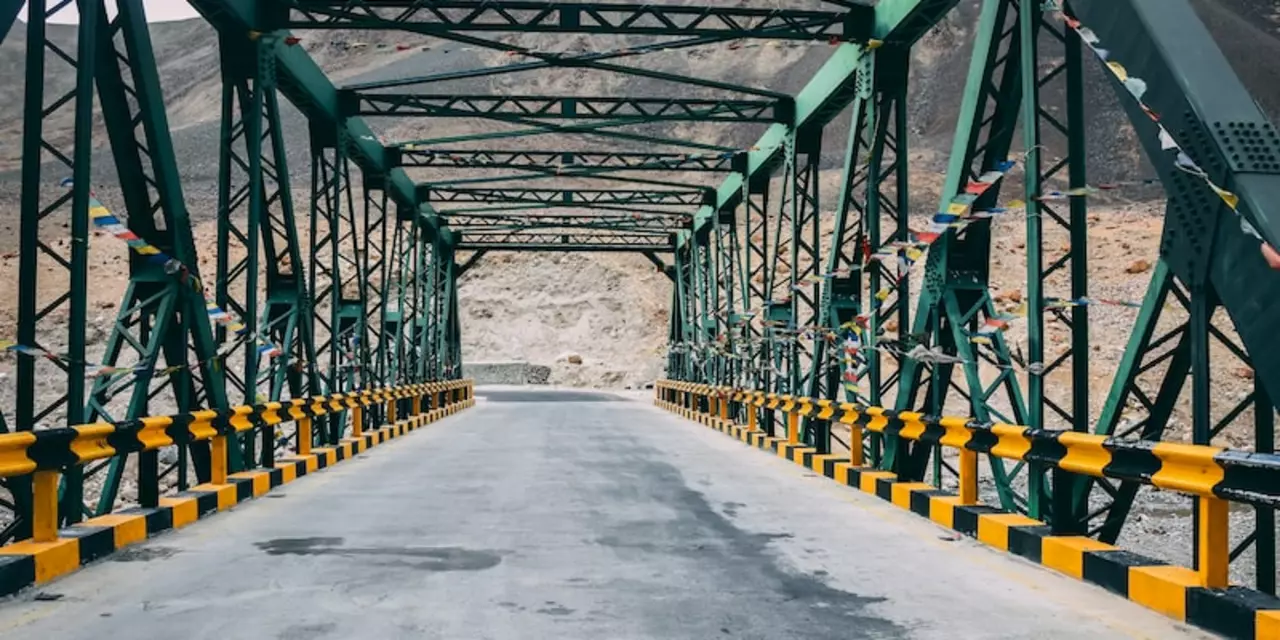India is one of the most culturally and historically rich countries in the world, yet its share of international tourists is surprisingly low. In 2019, India attracted only 10 million tourists, which is a mere 0.6% of the total global tourism market. This is far less than other countries in the region like Thailand and Malaysia, which attract more than 20 million tourists each year.
There are several factors that contribute to India's low share of inbound international tourism. One of the most significant is the lack of infrastructure and services for tourists. India is still struggling to develop its infrastructure and tourism services, which make it difficult for foreign tourists to visit and explore the country. Additionally, India has limited air connectivity to other countries, which makes it difficult for international tourists to reach the country.
Another factor is the perceived safety of the country. India has a reputation of being a dangerous place to visit due to its high crime rate, especially in the major cities. This has caused many potential tourists to be deterred from visiting India.
Finally, the cost of visiting India is another factor that contributes to its low share of inbound international tourism. India is a relatively inexpensive destination compared to other countries in the region, but the cost of accommodation and transportation can be expensive for tourists.
In conclusion, there are several factors that contribute to India's low share of inbound international tourism. The lack of infrastructure and services, the perceived safety of the country, and the cost of visiting are all major contributors to this issue. However, with proper investment in infrastructure and services, and improved safety and security measures, India can attract more international tourists and increase its share of the global tourism market.
India is a vast and diverse country with an abundance of culture, history, and natural beauty. Despite its potential, India’s share of inbound international tourism is surprisingly low. According to the World Tourism Organization, India ranks 40th in the world in terms of inbound international tourists. This is in contrast to its large population, geographical size, and growing economy. So, what can be done to increase India’s share of inbound international tourism?
There are several factors that contribute to India’s low inbound international tourism share. One of the main issues is the lack of infrastructure. India’s transportation network is inadequate for the number of tourists it receives, making it difficult for travelers to access major attractions. In addition, India has limited access to international airports, with only 14 international airports in the country compared to China’s 46. Furthermore, India’s visa policies are restrictive, with most tourists needing to apply for a visa in advance. These issues are major deterrents for potential visitors.
Despite these challenges, there are several ways in which India can increase its share of inbound international tourism. One option is to improve its infrastructure, especially in the transportation sector. This could include the development of new airports and the expansion of existing ones. In addition, India could increase its capacity to process visas quickly and efficiently. This would make it easier for tourists to visit India without the need to apply for a visa in advance. Furthermore, India should work towards improving its tourism marketing strategy. It could do this by promoting its unique attractions and offering incentives to travelers. This would help to increase the number of tourists visiting India.
India’s low inbound international tourism share is a major obstacle to its economic development and prosperity. However, by making the necessary changes to its infrastructure, visa policies, and marketing strategy, India could increase its share of inbound international tourism and reap the many benefits that come with it.
